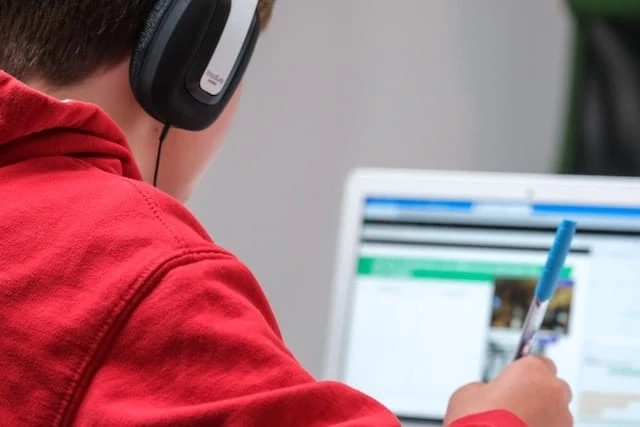Picture: Unsplash
The digital age has revolutionized education, providing access to vast resources and facilitating global communication. However, this transformation also brings forth challenges, primarily in cybersecurity. As schools increasingly integrate technology into their systems, the urgency of cybersecurity in education cannot be underestimated. This article explores the significance of cybersecurity in educational institutions and the implications of neglecting this crucial aspect.
Growing Dependency on Digital Platforms
Today\'s schools rely heavily on digital infrastructure, from lectures to libraries to clerical tasks like grading. Massive volumes of information, such as student records and medical histories, have been moved online due to the interoperability of these systems. This kind of digital archiving introduces a security risk. A single data leak might compromise the confidentiality of thousands of faculty and students. Cybersecurity is, therefore, elevated from a mere technical need to an essential trust pillar, guaranteeing that academic institutions can reliably protect the privacy and security of their digital holdings.
Increasingly Sophisticated Threat Landscape
It\'s not just lone hackers trying to cause trouble for schools online. Instead, they originate from technically adept hackers who use sophisticated methods to breach security. There are various motivations for these enemies to strike against schools. The desire to access classified research drives some, while the desire to hold critical material for ransom or influence institutional decision-making drives others. Keeping ahead of possible breaches requires schools to adopt and regularly upgrade their defensive measures in response to the ever-changing nature of these threats.
Protecting the Vulnerable
In an educational landscape increasingly reliant on digital platforms, protecting the vulnerable has never been more critical. Young learners, often naive to the intricacies and dangers of the online world, can inadvertently expose themselves to cyber threats. By leveraging tools such as k12 Chromebook monitoring, educational institutions can provide a safeguard against potentially harmful online interactions and content. This approach doesn\'t just protect students from external threats but also educates them about responsible internet usage. Thus, cybersecurity in education isn\'t just about defense; it\'s about fostering a culture of informed digital citizenship.
Reputation and Trust
A good name is essential for any school. A single breach in cybersecurity can swiftly damage a school\'s credibility with stakeholders like parents and pupils. Such violations might have severe financial repercussions and immediate harm to one\'s image. Institutions might end themselves paying for compensation to victims, spending money on damage management, or facing costly legal action. As a result, a community can have faith in an institution for the long haul if it takes preventative steps to ensure its cyber defenses are strong.
Legal and Regulatory Compliance
There are currently stringent data protection standards in place in a lot of different countries throughout the globe. It is required of all institutions that handle personal information that educational institutions conform to these criteria. Failure to comply with such requirements can result in severe financial fines and reputational harm, which can diminish stakeholders\' faith in the organization. Therefore, strong cybersecurity is not simply about guarding sensitive information against being compromised. It is just as important to ensure that educational institutions stay on the right side of the law, confirming their dedication to the well-being of their communities and the requirements that the government imposes.
Preparing Students for a Digital Future
Incorporating cybersecurity into the academic curriculum and the day-to-day operations of schools serves a dual purpose: it protects the institution while teaching students the fundamentals of digital safety. These talents are necessary in a society that is becoming more and more linked. Students who start learning about cybersecurity at a young age build a solid basis for responsible online conduct, developing a knowledge of the various hazards they face and adopting preventative actions to keep themselves safe. As students continue their schooling and enter the workforce, where digital literacy and understanding of cybersecurity threats are essential skills, they will find that the information they have gained will be invaluable. In addition, schools play an essential part in the development of a culture of cybersecurity awareness that goes beyond the confines of the classroom and into the students\' day-to-day lives, therefore contributing to the creation of a digital environment that is safer for everyone.
Conclusion
In a world deeply intertwined with digital processes, cybersecurity in education is a critical cornerstone. It goes beyond mere defense against potential threats. It\'s about ensuring the educational process\'s sanctity, safeguarding students\' future, and upholding the trust placed in educational institutions. As schools continue their journey in the digital age, cybersecurity remains their steadfast companion, guaranteeing safety, compliance, and peace of mind for all involved.



